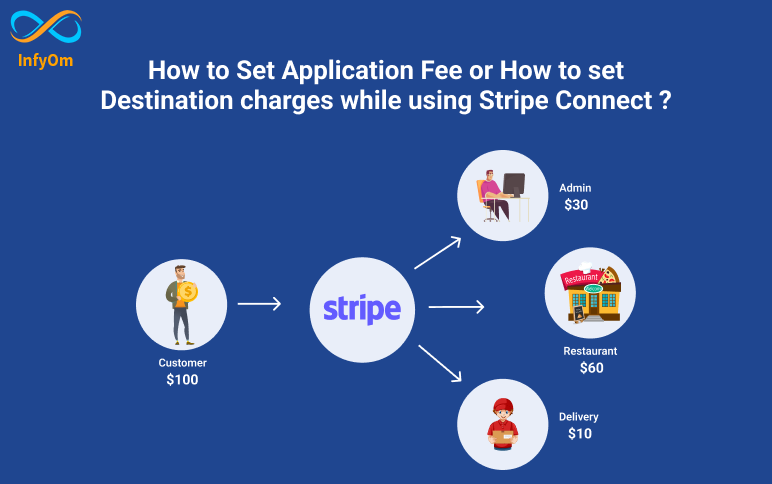What is user impersonate and why we use it in projects?
- User Impersonate is useful when we want to login on behalf of admin user.
- When we are a super-admin and we want to know about our users what they do in their account then this package is useful to check their activity.
- If you implemented impersonate in your project then you need to maintain it because it may cause a security issue as well as user’s privacy issue.
Here is a full documentation of laravel impersonate: https://github.com/404labfr/laravel-impersonate
So let’s start with installing impersonate on your project copy the below code where we will install this package using composer.
composer require lab404/laravel-impersonate
Add the service provider at the end of your config/app.php:
'providers' => [
// ...
Lab404\Impersonate\ImpersonateServiceProvider::class,
],
Add the trait Lab404\Impersonate\Models\Impersonate to your User model.
Using the built-in controller
In your routes file, under web middleware, you must call the impersonate route macro.
Route::impersonate();
// Where $id is the ID of the user you want impersonate
route('impersonate', $id)
// Or in case of multi guards, you should also add `guardName` (defaults to `web`)
route('impersonate', ['id' => $id, 'guardName' => 'admin'])
// Generate an URL to leave current impersonation
route('impersonate.leave')
Blade
There are three Blade directives available.
When the user can impersonate
@canImpersonate($guard = null)
<a href="{{ route('impersonate', $user->id) }}">Impersonate this user</a>
@endCanImpersonate
When the user can be impersonated
@canBeImpersonated($user, $guard = null)
<a href="{{ route('impersonate', $user->id) }}">Impersonate this user</a>
@endCanBeImpersonated
When the user is impersonated
@impersonating($guard = null)
<a href="{{ route('impersonate.leave') }}">Leave impersonation</a>
@endImpersonating
That’s it. Enjoy.



